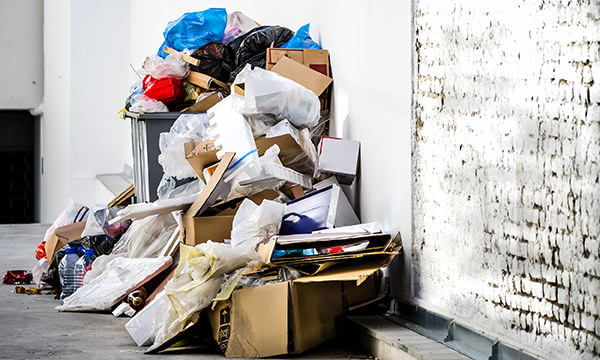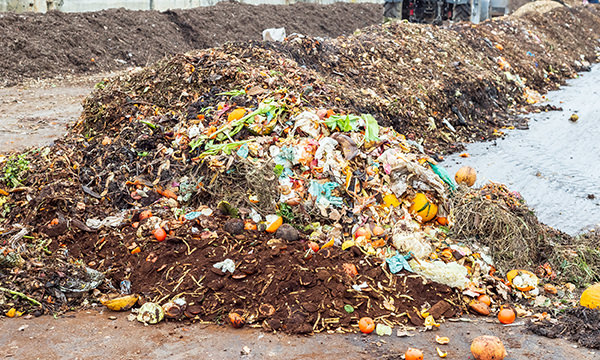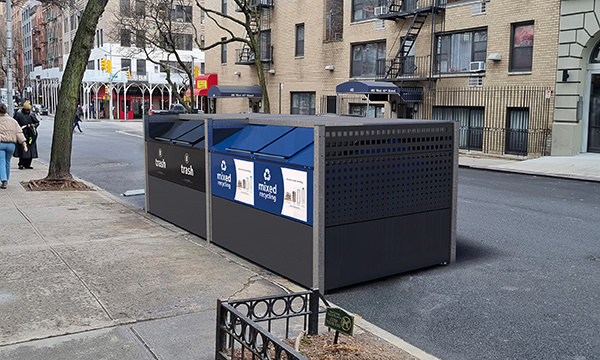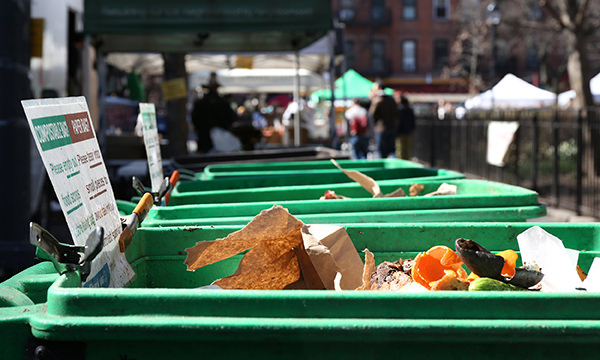
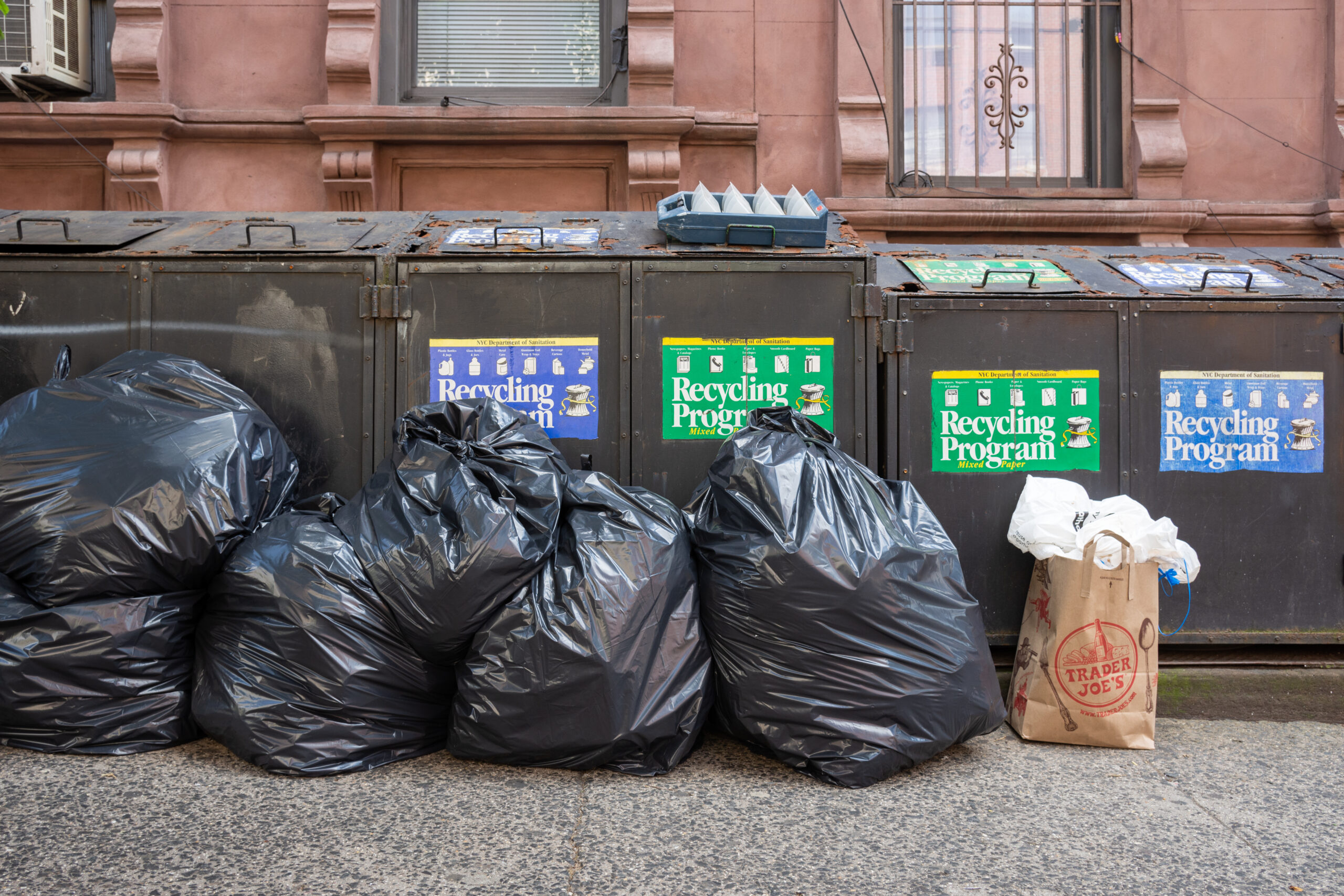
Improving Communication and Access to Increase Recycling Participation from US Households
76% of household recyclables in the United States still end up in the trash, according to a report published this month by The Recycling Partnership. Providing a framework for capturing more recyclables at household level, the report found that, of the 47m tons of residential recyclable materials that are estimated to be generated annually, only 21% of materials are being captured from single and multi-family households, with 3% lost at MRFs.
In the following article, metroSTOR looks at how investments in outreach, particularly through increasing the scope of materials available for recycling, as well as improving communication and access to recycling programs, help to ensure better recycling engagement and the capture of materials at household level.
Currently, there are over 5,000 recycling programs across the United States. That figure seems significant, however, decentralization in the U.S. means that specific household recycling rates differ considerably depending on the state in question and the level of access provided.
The 50 States of Recycling Report by Eunomia Research & Consulting and the Ball Corporation, provides a state-by-state assessment of US recycling rates. States that ranked the highest include Maine (65%), Vermont (51%) Massachusetts (48%), New York (44%) and California (41%). Of the top 10 ranked states, 90% had recycling refund schemes in place to incentivize households, alongside significant curbside recycling infrastructure.
Of the 10 lowest ranked states, none had such schemes in place. 37 out of 50 states were found to have a recycling rate below 30%, with West Virginia as low as 2%. However, while 70% of West Virginia’s Solid Waste Authorities provide recycling services, only 5 work closely with local recycling programs or municipalities to ensure households have access to recycling programs. In contrast, California has more than 2400 certified recycling centers, with over 16m residents served by local curbside recycling programs.
It’s worth noting that, while participation is essential for generating high recycling rates among households, it doesn’t necessarily mean that a state’s recycling programs are capturing the most recyclable materials. Recycling rates in most states are still measured in terms of what is collected for recycling.
The 50 States report stresses that the importance of calculating the real recycling rate, rather than assuming all material collected for recycling is actually recycled. While all packaging should be recyclable, available data indicates that less than 50% of plastic packaging is recyclable, while just 45.2% of aluminum cans are recycled.
Extended Producer Responsibility (EPR) Policies are one method of reducing the current shortcomings by using packaging fees to improve access and engagement. California is introducing an EPR scheme in 2024 to reduce plastic waste and consumption by increasing recycling accountability on producers.
Broadening the availability of recyclable materials is a key factor in facilitating better capture. An effective recycling system relies on clear, transparent standards as to what makes a package recyclable, with Materials Recovery Facilities (MRFs) able to effectively process the vast majority of recyclable materials once collected from households. Despite strong national support for recycling, the most significant gains will come from investment in communication and outreach to increase household engagement in recycling.
Underscoring the need for improved investment in recycling access and communication for households, The Recycling Partnership’s report found that, while 73% of households currently have access to some form of a recycling program, that figure drops to just 37% among multifamily households. Overall, just 43% regularly engage in a recycling program.

For recycling to be successful at household level, it’s essential that participation and engagement feels easily achievable. For single-family households, this is typically easier to secure as storage and curbside space is more readily available, especially in more rural areas. Individual roll-out carts help to streamline the collection process, however, for multi-family buildings the same benefits are often restricted, particularly in densely-built neighbourhoods.
Dedicated drop-off points and collection stations for household recyclables offer an effective, alternative solution for high-density environments that encounter complications with accessing curbside recycling programs. It’s essential that these are located in convenient, prominent locations to encourage use, offering large multi-stream containerized storage of recyclables to reduce requirements for household storage of containers. Successful recycling infrastructure also enables flexible capacity that can be alternated without complication to accommodate daily, weekly or seasonal fluctuations in material volumes.
Convenience and Communication are two of metroSTOR’s 5C methodology, providing a framework for effective recycling infrastructure that considers specific elements to help deliver solutions that improve recycling access and communication.
Improving access means ensuring convenience for households. Recycling systems that are situated within easy reach of all points of generation, supported with informative visual language that is easily recognizable for stream type, and color coded with multi-lingual signage, are key to successfully educating changing population structures.
metroSTOR recycling systems work alongside existing waste management infrastructure, helping to minimize household confusion and reduce contamination rates with a user-friendly door panel and waste stream aperture design. Accompanied by informative instruction and regular prompts, messaging can be specified to maximise impact, such as including advice on where non-accepted items should be deposited.

